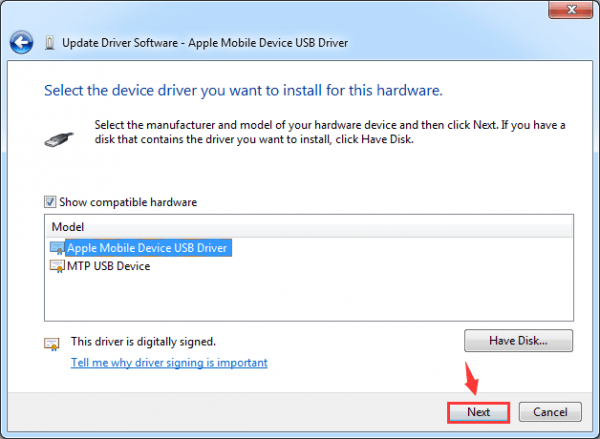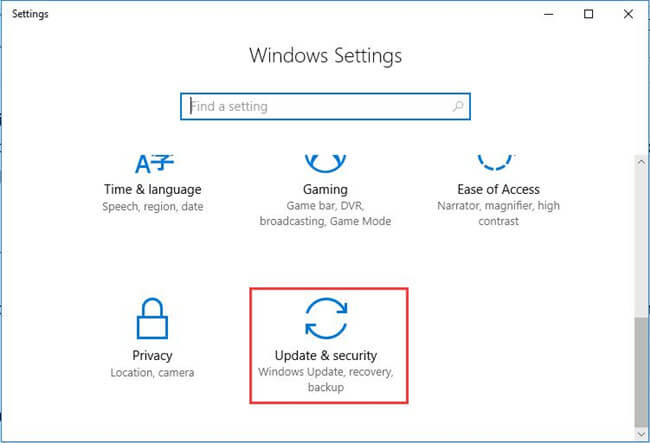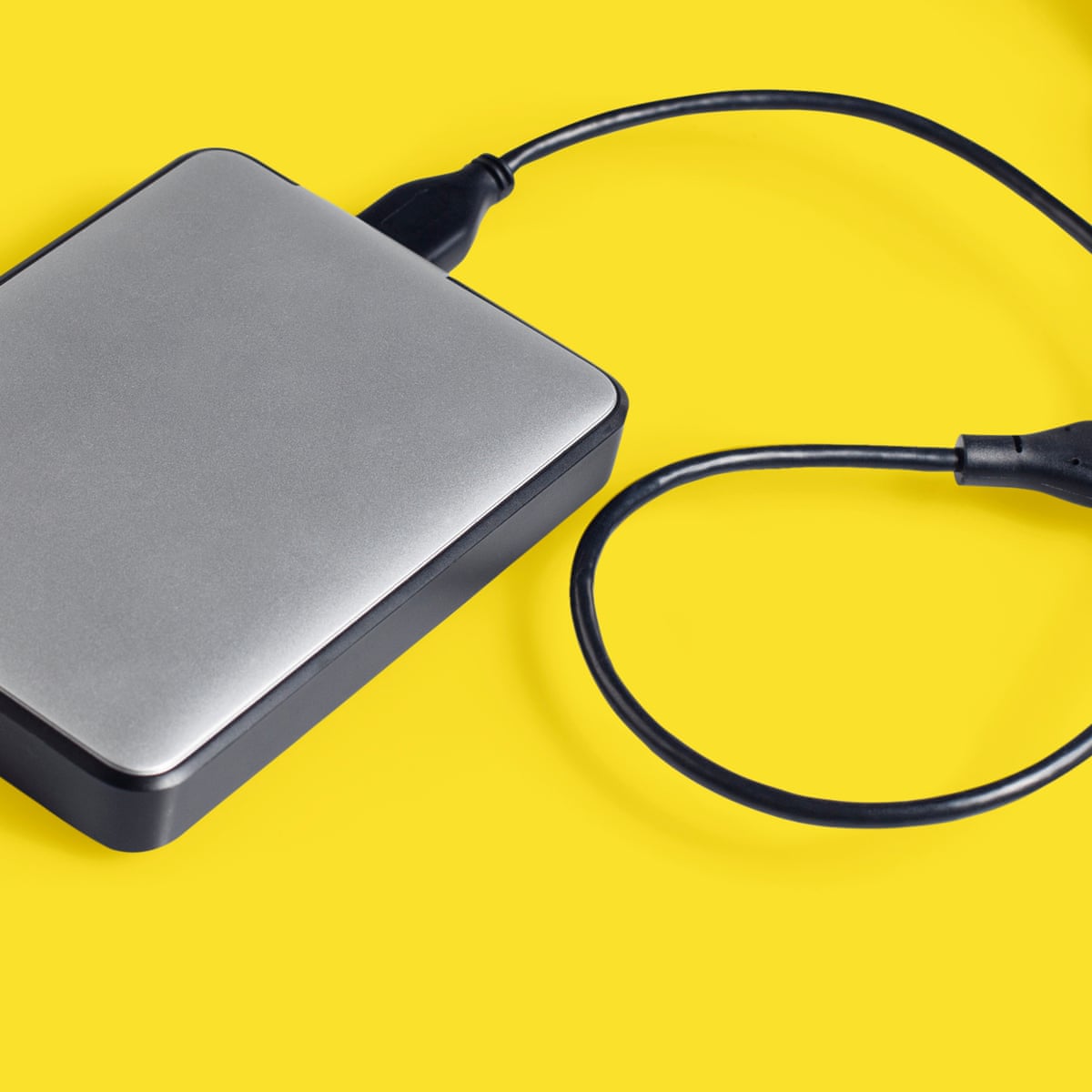- Jan 04, 2020 Copper Phone Service vs. These days, the big question about having home phone service is whether to use traditional copper-based technology or switch to VoIP (Voice over Internet Protocol). VoIP service runs over the Internet rather than using your traditional, copper-based phone line.
- Sony Ericsson mobile phone drivers (doesn't include windows based device support)) Vodafone 845 mobile phone driver. Version 1.0.8.0 Date 10 Dec 2013 Size 4.2 MB. Vodafone 845 mobile phone driver. Windows Phone 7 WinUSB. Version 1.0.8.0 Date 10 Dec 2013.
Panasonic DECT 6.0 Expandable Cordless Phone with Answering Machine and Smart Call Block - 2 Cordless Handsets - KX-TGD532W (White) 4.4 out of 5 stars 19,379 $59.95 $ 59. General Conditions: All prices are VAT inclusive. You are entitled to Rs 1,000 discount on listed price if phone is bought with a new Postpay offer; Product color, shape, characteristics and phone interface are for reference only.
Contents:
MTP USB Device Not Working Overview
When you connect the Acer Iconia Tab, Samsung mobile or other portable devices to computer, but in the driver software installation pops an error that MTP USB Device installation is failed. Your computer cannot recognize the mobile phone or other portable devices.
In device manager, the MTP or MTP USB device is marked with a yellow exclamation. Sometimes you may receive an error message saying “Device driver software was not successfully installed”. Here are some solutions to the issue.
What is MTP?
MTP is the abbreviation of Media Transfer Protocol. They allows files to be transferred between portable devices and the computer. When you connect Android devices as the MTP connection, it will shows as media device on computer. This protocol is very differently from the USB mass storage. MTP protocol runs in a file level.
MTP allows the transfer of music files on digital audio players, media files on portable media players, and personal information on personal digital assistants.
How to Fix MTP USB Device Drivers Issue on Windows 10?
When computer does not recognize android devices and shows as a MTP USB devices error, you can follow the next ways to fix it.
Solutions:
Solution 1: Update MTP USB Device Drivers With Compatible Hardware
Supposing the MTP device has a yellow mark in Device Manager, you need to update it. This way can also solve the related problem that a service installation in this INF is invalid.
1. Press Windows + R then input devmgmt.msc and click on OK to open Device Manager.
2. Expand Portable devices and find MTP. Then right click MTP or MTP USB Device and click Update Driver Software.
3. Select Browse my computer for driver software.
4. Choose Let me pick from a List of device drivers on your computer.

5. Check Show compatible hardwareand choose MTP USB Device. Then click Next to install it.
6. In driver update warning, click Yes to continue install the compatible MTP USB device driver for your Android devices.
After MTP USB driver is installed, your problem should be resolved.
But there is another problem that the MTP USB device driver install failed, and it shows as a Code 10 error the device cannot start. So if there a MTP USB device code 10 error, follow the next ways to fix it.
Solution 2: Update MTP Driver Automatically
If there is no compatible MTP USB device drivers in the device manger, you can try to use a tool to help you scan your Samsung, Acer, or other Android devices automatically and find the right Samsung MTP driver or other MTP device drivers.
Driver Booster is a professional driver update software, it provides an easy way to manage device drivers on your computer. The application scans you computer’s devices and update its driver automatically from a database of over 3,000,000 drivers and game components.
1. Download, install and run Driver Booster on Windows 10.
2. Click Scan. After that, Driver Booster will scan all the internal and external devices including the Android devices and find the drivers for them.
3. Click Update. Find the Portable devices and then click Update. Of course, you can select all and click Update Now to update all drivers.
Solution 3: Install wpdmtp.inf manually
Someone reported that if the mtp driver is not successfully installed, you can find the wpdmtp.inf file on your computer and install it to fix the problem. But if your wpdmtp.inf is missing, maybe you should try to the next way.
1. Open File Explorer, and go to Local Disk C > Windows > INF.
2. Locate inf in the list or you can search it in the search bar. Then right click it and choose Install.
3. Restart your computer and try to connect again to see if the problem is solved.
Solution 4: Download Media Feature Pack for N Version of Windows 10
If your MTP USB driver is in a failed installation in device manager and the wpdmtp.inf file is missing, you can download the Media Feature Pack software.
As we know the MTP is transferring the audio files to digital music playing using Windows media player or the similar applications, so this way is a right choice. This software supports Windows 10 Home N, Windows 10 Pro N, Windows 10 Education N, Windows 10 Enterprise N, and Windows 10 Enterprise N Evaluation.
1. Goes to the download page.
2. Select the Media Feature Pack version, and then click Confirm.
3. Double click the file to run it, then follow the wizard to install it.
4. After that, reboot your computer.
5. Reconnect your mobile phone or other android devices to computer again.
Solution 5: Check Registry Settings
One reason for your problem may be your registry settings, so you need to check and change the settings. Here are detailed steps.
1. Press Windows + R key and input regedit.exe in the dialog box. Then click OK.
2. Follow below path:
HKEY_LOCAL_MACHINE > SYSTEM > CurrentControlSet > Control > Class
3. Press Ctrl + F Input Portable Devices in the box and click Find Next.
If the result contains UpperFilters, right click it and delete it. Then restart the computer and test if the problem remains.
Solution 6: Enable USB Debugging
Some users said enabling USB debugging on their phone helped them with the problem. You may as well have a try. For the Android phone, you may find USB debugging from here:
Settings > Applications > Development > USB debugging.

Or: Settings > Developer Options > USB debugging.
After you find it, make sure it is checked.
See if the ways works after you enabled it.
Solution 7: Enable administrator permission
If you didn’t give administrator permission to your computer, this may be the reason for your problem. You can run Command Prompt to fix the problem.
1. Open Command Prompt as administrator.
2. Input the following command in the window and hit Enter.
net localgroup Administrators local service /add
After the process finished, check if your phone can be recognized.
Solution 8: Fix it for Windows Vista and XP
Microsoft has released Media Transfer Protocol Porting Kit on its official website. So if you still fail to install the driver successfully, you can try this method.
As Microsoft said, this porting kit includes the complete MTP specification, updated design documentation, updated sample source code, software to implement a PC-based MTP simulator, and MTP test tools.
Download Media Transfer Protocol Porting Kit first. After you installed it successfully, reboot your computer and re-connect the phone to the computer.
There is another you should remember is that this software can only work for Windows Vista, Windows XP, Windows XP or Windows Vista, Visual Studio 2005 SP1.
The eight ways introduced above all are feasible solutions for MTP Driver error and failed installation problem. There should be one that can fix your problem. Hope they can give you some help.
T-home Mobile Phones App
Related Articles:
Looking for a new cordless phone can be a little overwhelming. Which platform is right for you: DECT 6.0? 5.8 GHz? 2.4 GHz? Should you go digital or analog? The right phone can help you catch important calls, ensure privacy, and even manage a busy household. With the growing number of models that enable you to add accessory handsets to your existing base station using only one phone jack, you can create a multi-handset phone system within your home. We've created a quick summary of the choices you will face and outlined five key features you may want to consider for clearer and easier communication.
What's the difference between 2.4 GHz, 5.8 GHz and DECT 6.0 phones?
Your cordless phone is actually a radio transmitter/receiver that operates across a designated radio frequency. The three dominant platforms are 2.4 GHz, 5.8 GHz and DECT 6.0. Each platform can affect the signal clarity and the range your phone can reach from its base station; however, the actual range and sound quality of your phone can also be affected by obstructions within your home and interference from other electronic devices. Here are some general guidelines for choosing one of the four platforms:
2.4 GHz
Mobile Phones In India
2.4 GHz phones are losing shelf space to 5.8 GHz and DECT 6.0 models. As with the more popular platforms, 2.4 GHz models can host a variety of features, such as integrated answering systems, caller ID, speakerphones and support for multiple handsets. One thing to keep in mind is that other electronic gadgets, including baby monitors, microwave ovens and wireless networking gear may create interference on your 2.4 GHz phone. If you use these items in your home, consider purchasing a 5.8 GHz or DECT 6.0 phone.
5.8 GHz
5.8 GHz phones offer great clarity and range. The biggest advantage to a 5.8 GHz phone is that its frequency band is less congested than the 2.4 GHz band, resulting in less interference. 5.8 GHz phones are plentiful in the marketplace today and competitively priced.
DECT 6.0
DECT 6.0 technology is the latest cordless platform, providing improved range without needing to boost the power. This platform has been set aside exclusively for cordless phone use, which means that DECT 6.0 models have superior sound quality and do not suffer from interference created by wireless networks. This reliable technology has been in use for a number of years in Europe and has proven to provide brilliant quality of voice and sound, high protection against eavesdropping and better range than 2.4 GHz and 5.8 GHz phone systems.
Analog versus digital
Besides transmitting your voice on a designated radio frequency, a cordless phone sends your voice in analog or digital format, depending on the model.
Analog
Analog technology has been around for decades. With an analog phone, your voice is converted to electronic pulses and then transmitted on your phone's designated frequency between handset and base. Analog cordless phones tend to be the most affordable and available option. You will experience adequate range and good voice quality. Drawbacks include poor security (anyone with a radio scanner will be able to listen in) and the potential for static and interference when you move too far away from the base unit.
Digital
Digital technology converts your voice to a series of zeros and ones; otherwise known as binary code, the language of computers. The transmitted code is sent on your phone's designated frequency between handset and base, then decoded back to the original signal that you and the other party understands.
Digital cordless phones provide a stronger, clearer signal with enhanced security. Digital transmissions are less prone to static and interference. Most digital phones have the ability to switch to alternate channels when interference is detected, thus providing enhanced clarity over analog models. In addition, digital phones demonstrate enhanced range over comparable analog models.
Many 5.8 GHz and 2.4 GHz models use digital technology. This will be listed on the packaging and sales literature along with the other features. All DECT 6.0 models are digital.
Digital spread spectrum
Digital Spread Spectrum technology is another form of digital data transmission. The primary difference between conventional analog or digital models and DSS is that spread spectrum phones continually change channels during your conversation, only staying on a channel for a fraction of a second. This keeps others from 'locking on' and eavesdropping, as well as avoiding areas of interference.
Like DECT 6.0, a digital spread spectrum (DSS) cordless phone provides enhanced clarity and security. Since the voice transmission is first digitized and then distributed in binary code across several frequencies, it is almost impossible for others to eavesdrop on your conversations. Channel hopping increases clarity because it limits the effects of other environmental sources of interference. DSS also provides enhanced range, as these models are allowed to run at a higher power level, thus boosting the signal.
Five key features to consider
When purchasing your next AT&T cordless phone, consider these popular features:
Multi-handset systems
A multi-handset phone system consists of a single base unit and two or more handsets. The base unit acts as a standard phone, and is plugged into both an electrical outlet and a phone jack. The satellite handsets all work off the signal from the base, and only need their chargers to be plugged into an electrical outlet. Therefore, phones can be placed in rooms where there are no phone jacks, such as a garage, living room or spare bedroom.
In addition to providing flexibility as to where you can place phones in your home, multi-handset models have other convenient features such as the ability to transfer calls from one handset to another and the ability to use the handsets as an intercom system. For example, if you need to ask someone upstairs a question, there is no need to yell or walk all the way up. Simply pick up your phone and intercom the upstairs handset. Multi-handset models feature line-in-use indication that lets you know when someone is using the phone. No more accidental interruptions!
AT&T offers two types of multi-handset systems: expandable and multi-handset bundles. Expandable systems give you the ability to add accessory handsets. This flexibility allows you to design a phone system that meets your specific needs. Bundles include two or more handsets in one box, and usually cannot be expanded beyond what is included.
BLUETOOTH® connectivity
Imagine your cordless phone system working in sync with your BLUETOOTH® mobile phone. AT&T offers a multi-handset solution that lets you make and receive cellular calls from any system handset.
Answering systems
Many AT&T cordless telephones feature an integrated digital answering system, making it easy to avoid having one more gadget on your desk or kitchen counter. Digital answering systems record outgoing announcements and incoming messages on a microchip. Tapeless operation assures reliable performance, instant access to messages and the ability to selectively save and delete messages. Available features include remote access to retrieve messages when you're away from home, plus the ability to leave voice memos for others in your home or office.
T-home Mobile Phones Samsung
Caller ID/call waiting
If you subscribe to Caller ID service from your phone company, compatible phones will display the name and number of incoming calls on the LCD screen. Phones that are also Call Waiting capable will show you the identity of a second incoming call. This convenient feature lets you decide if you want to answer a call and allows you to use the memory feature of Caller ID to return a call, even if the caller did not leave a message.
Speakerphone


Handy for meetings, conference calling and long on-hold times, many AT&T base units and cordless handsets also function as a speakerphone. In addition, most multi-handset systems feature an intercom, allowing you to talk between handsets or between handset and base.
